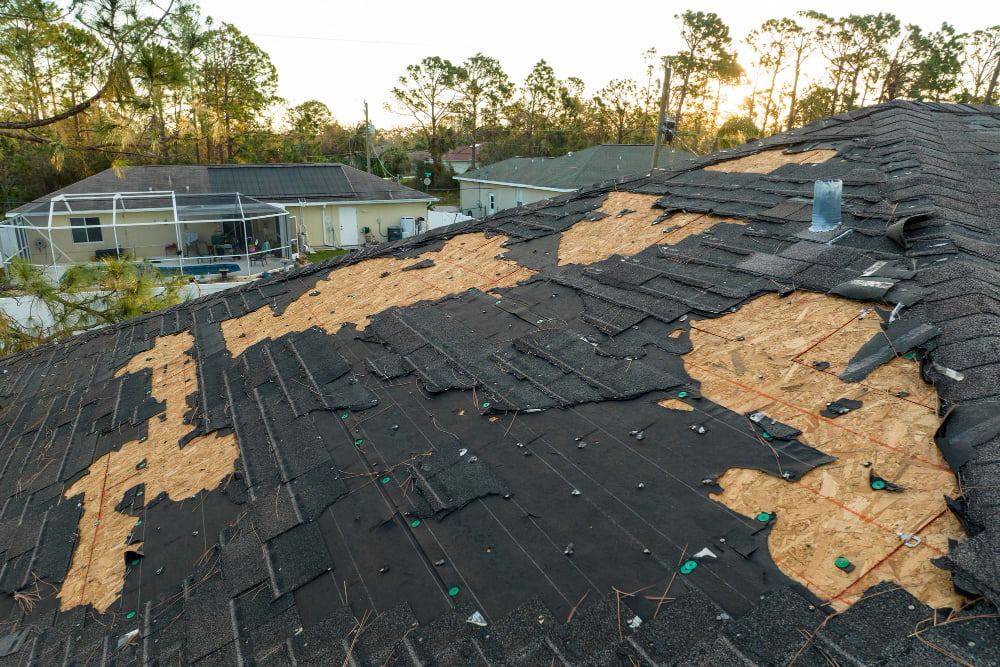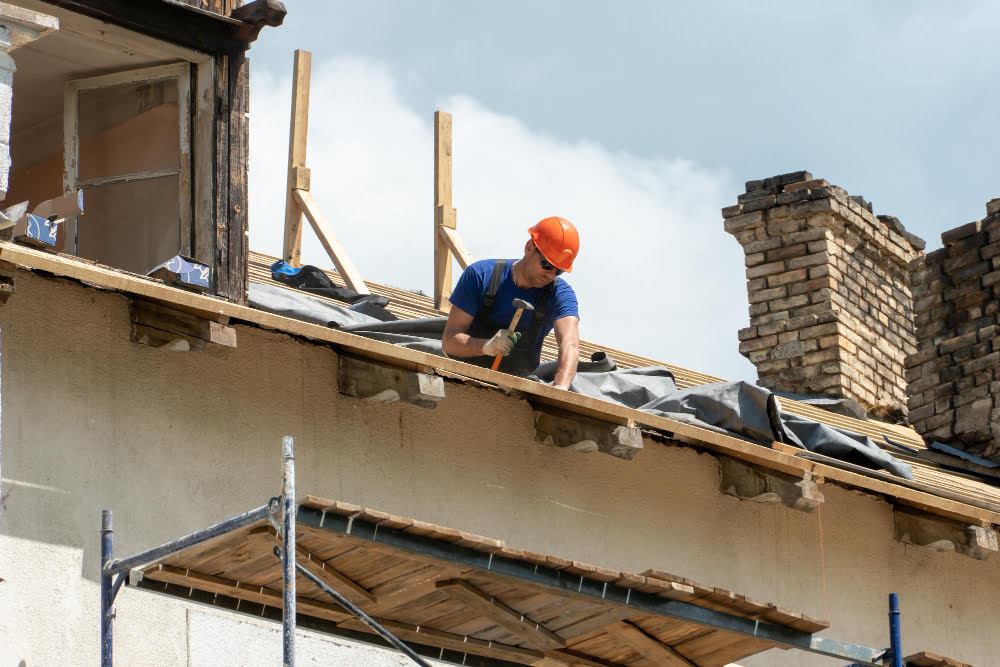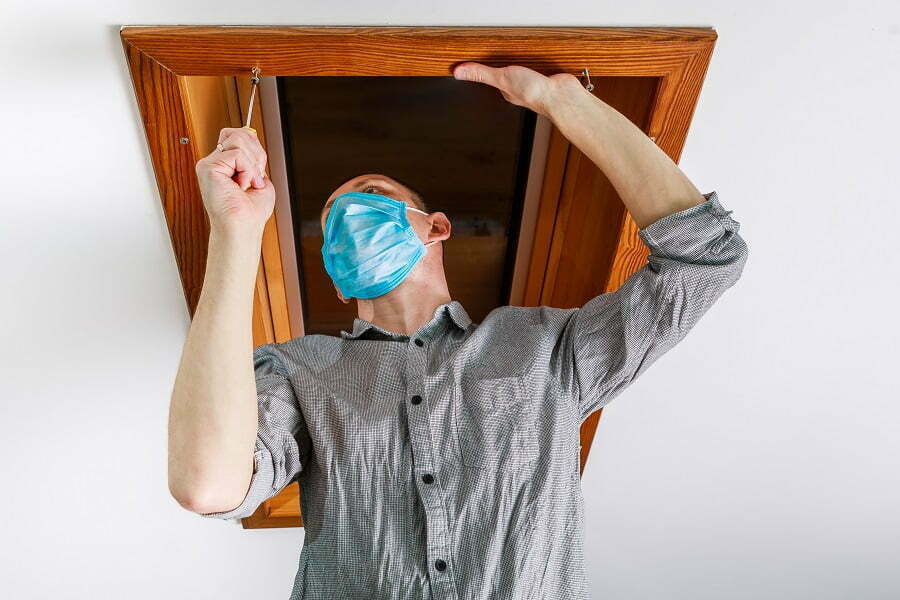Last updated on
Winter is the toughest time for your house, especially the roof. With the season bringing snow and hail storms, your roof is subjected to harsh conditions that lead to significant wear and tear, damaged shingles, clogged gutters, and structural issues.
When the cold starts to ease, it’s critical to assess your roof for any signs of damage. Early detection ensures the problems are addressed before they escalate into major issues.
This article shares steps to inspect and repair winter damage to your roof. By following the steps, you can make sure your roof continues to protect your home from the elements.
Steps to Inspecting and Repairing Winter Damage to Your Roof
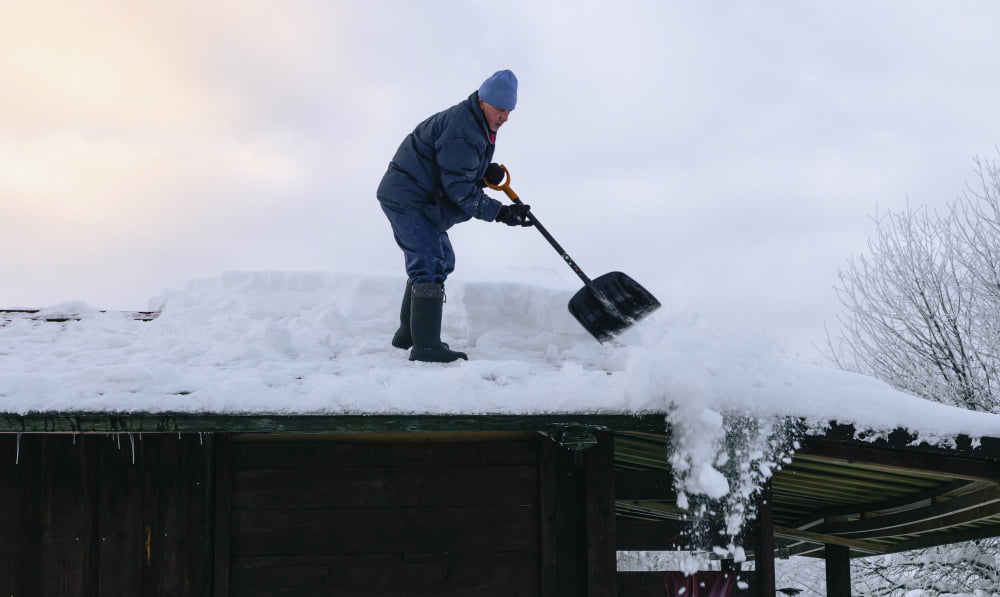
Prepare for Inspection
Before inspecting your roof for winter damage, taking appropriate safety measures is crucial. Ensure you have a sturdy ladder, non-slip shoes, and a safety harness. Choose a day with clear weather and mild temperatures for better safety and visibility.
If you’re uncomfortable with heights or the steep roof, consider using binoculars to inspect from the ground or hire a professional.
Winter weather can be harsh on your roof. Look for these signs of damage:
- Shingles: Missing, cracked, or curled shingles are common indicators of winter damage.
- Gutters and Downspouts: Check for blockages or damage. Ice dams can cause gutters to detach from the roof.
- Flashing: Inspect areas around the chimney and vents. Cracked or loose flashing can lead to leaks.
- Icicles and Ice Dams: While icicles are common during harsh winters, they can also indicate inadequate attic insulation, leading to ice dams that damage the roof structure.
Once you’ve identified signs of damage, assess the extent to determine if you can manage repairs yourself or need professional help. Remember these tips when assessing the extent of the damage:
- Minor vs. Major Damage: Minor issues include a few missing shingles or small leaks. Major damage involves structural issues, significant leaks, or extensive shingle damage.
- Interior Inspection: Check the attic for water stains, mold, or light penetration, indicating leaks.
- Document Damage: Take photos and notes of all damage for insurance claims or contractor consultations.
For minor repairs, a DIY approach can be cost-effective. However, do this only if you’re confident in your abilities and prioritize safety. Here’s how to address common minor repairs:
- Shingle Replacement: Replace missing or damaged shingles. You’ll need matching shingles, roofing nails, and a hammer.
- Seal Leaks: Use roofing cement to seal small leaks around flashing, vents, and chimneys.
- Clean Gutters: Remove debris from gutters and downspouts to prevent water buildup and ice dams.
Major repairs might include replacing large roof sections, fixing structural damage, or installing a new roof. These are not DIY projects and require professional expertise. Your local roofing company can ensure repairs meet industry standards and building codes.
Consider these tips when hiring a local contractor:
- Choosing a Contractor: Look for licensed, insured professionals with positive reviews and references.
- Get Multiple Estimates: Compare quotes and services to ensure a fair deal.
- Insurance Claims: If applicable, contact your insurance company. Provide documentation of damage and consult your insurer and roofing contractor to cover repairs.
Don’t Let Winter Ruin Your Home!
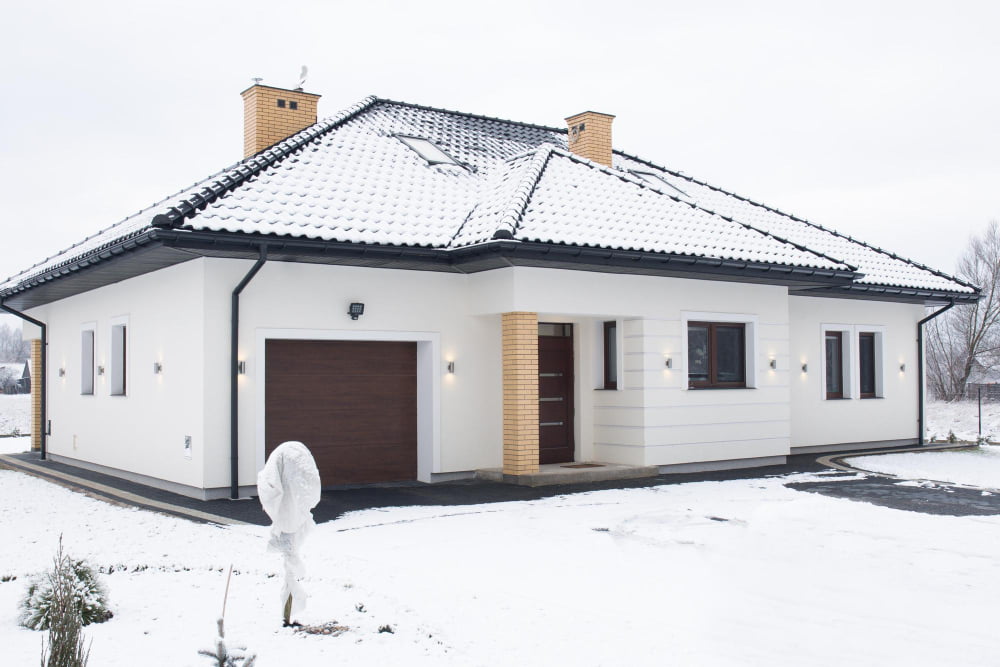
Inspecting and repairing winter damage to your roof is a crucial maintenance task that should not be overlooked. Damaged and missing shingles, clogged gutters, cracked flashing, and icicles are common problems from winter damage, making post-winter inspections an essential routine to keep your home and family safe.
Here’s a recap on inspecting and repairing winter damage to your roof:
- Safety first; use the right gear and choose a good day.
- Keep an eye out for common winter wear and tear.
- Determine if it’s a DIY fix or time to call a pro.
- Handle small issues promptly to avoid bigger problems.
- Seek professional assistance for major damage.
Liked reading this? Here’s more:
Recap:
